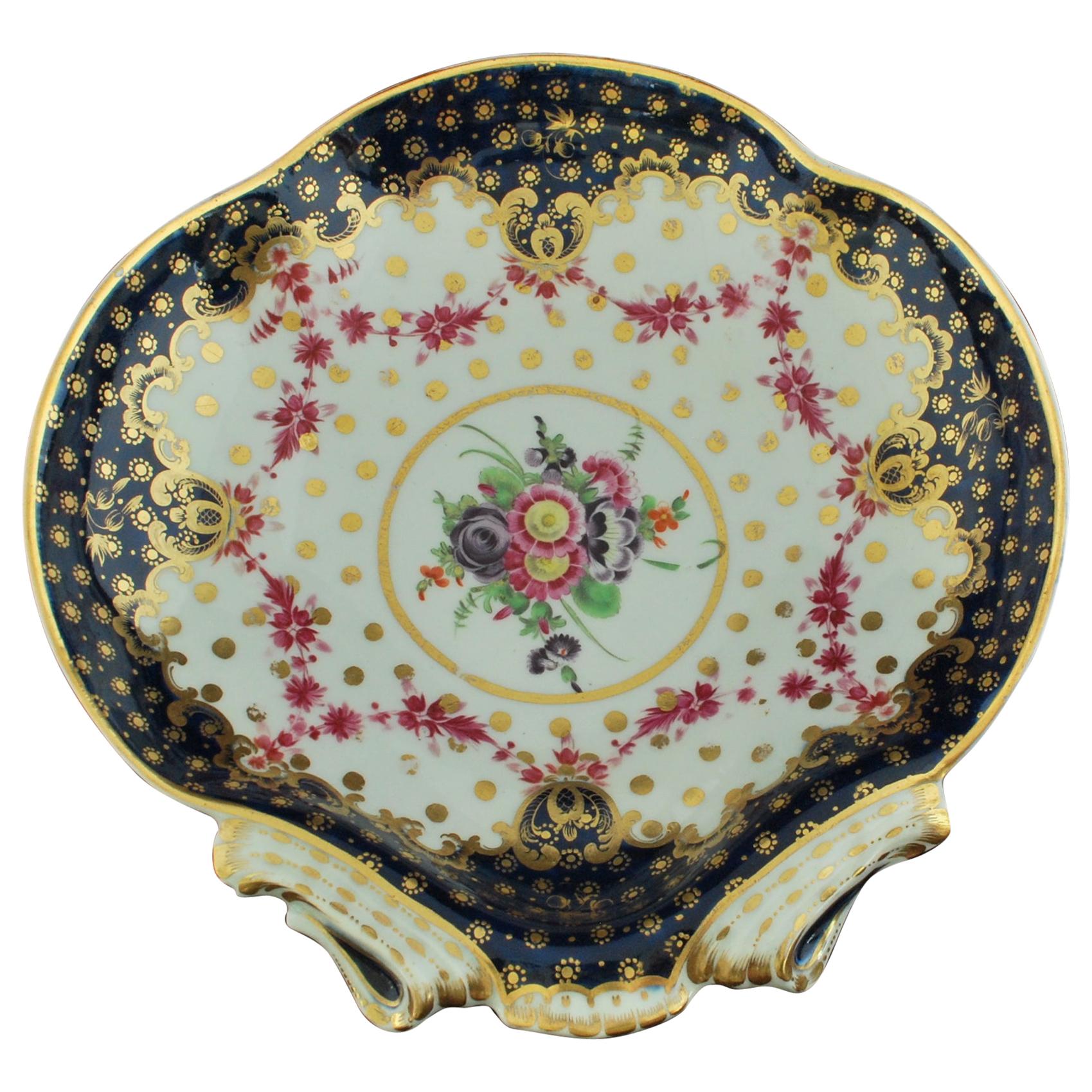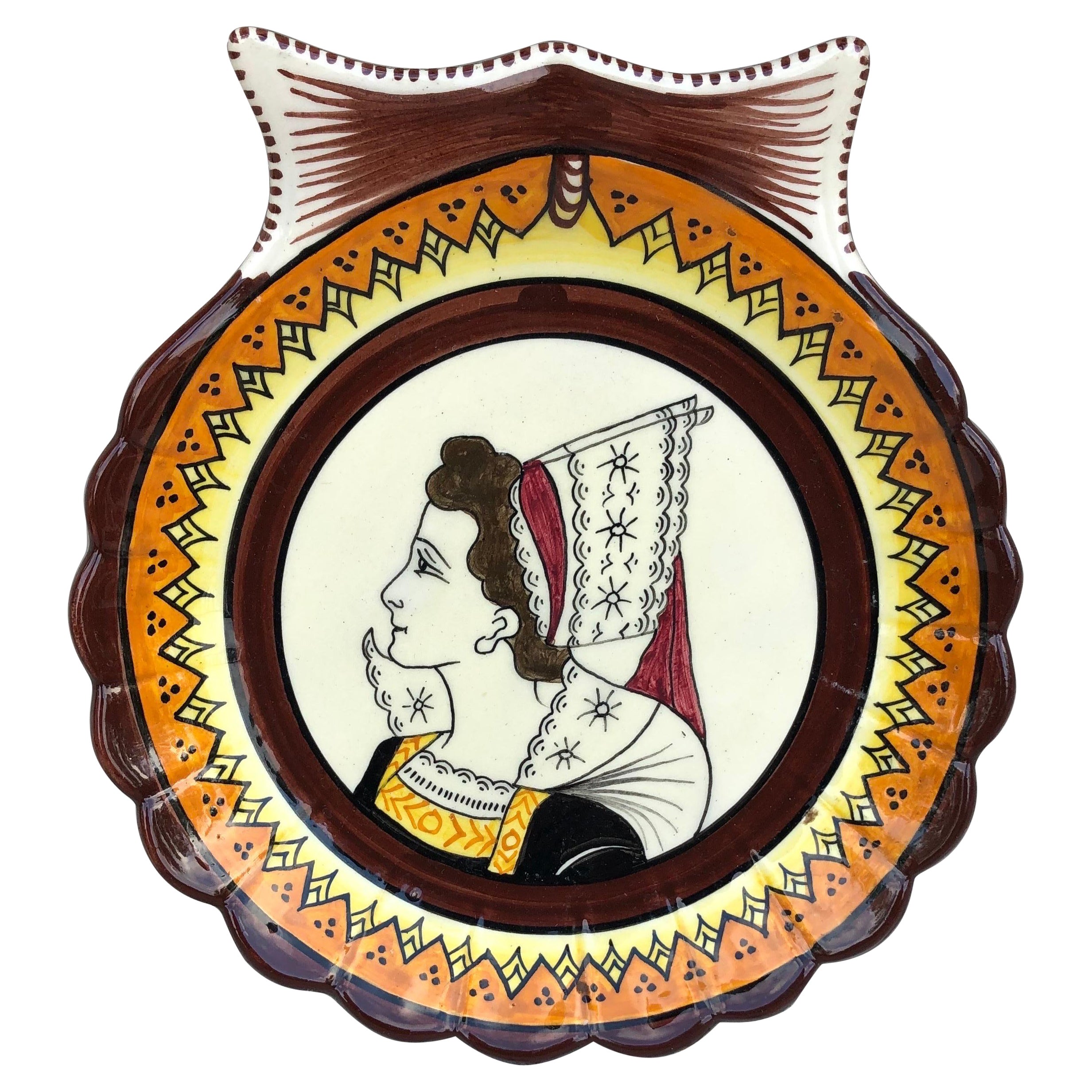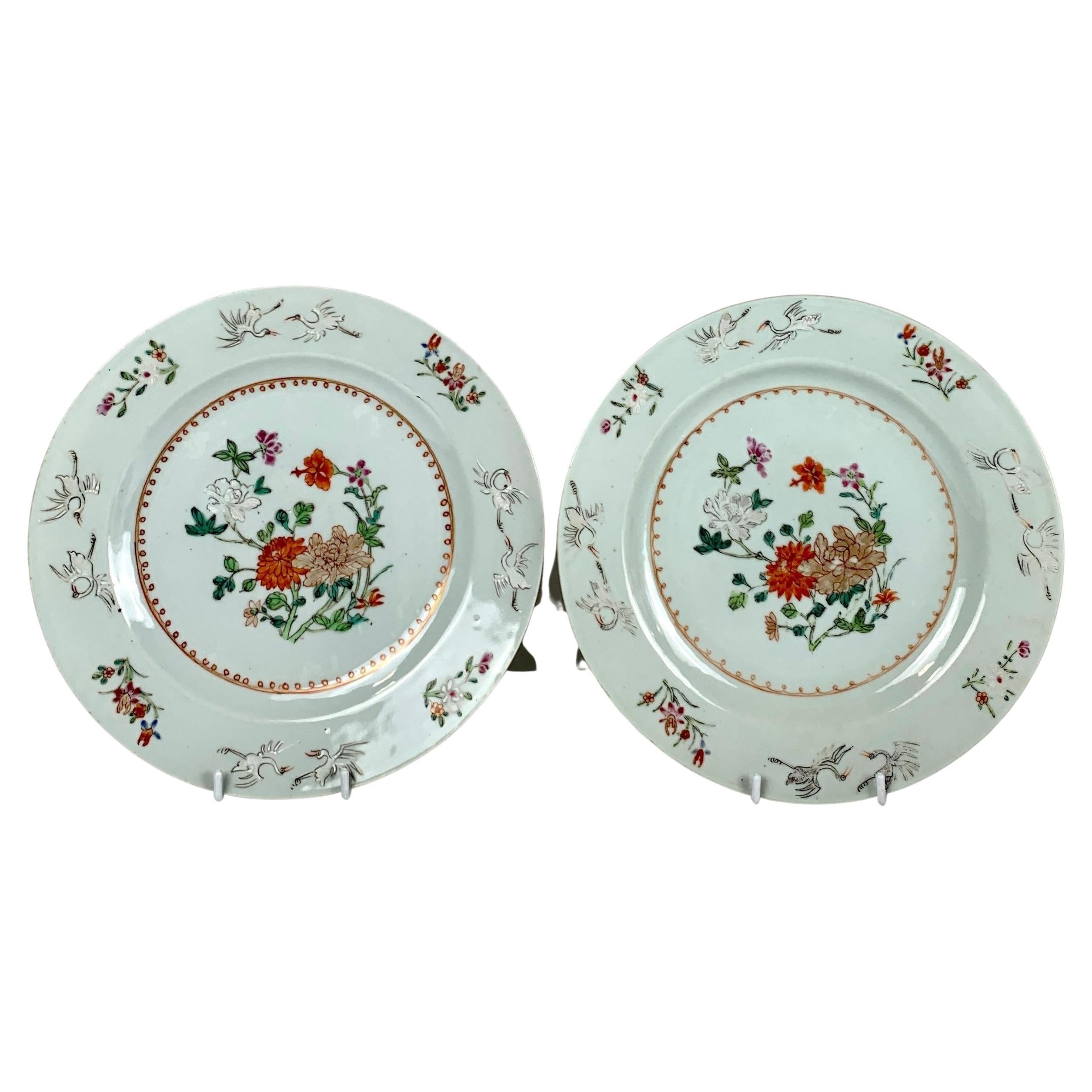Items Similar to Lodi Faience Plate, circa 1770
Want more images or videos?
Request additional images or videos from the seller
1 of 5
Lodi Faience Plate, circa 1770
About the Item
SHIPPING POLICY:
No additional costs will be added to this order.
Shipping costs will be totally covered by the seller (customs duties included).
Painted with a bird perched on flowering branches, 21.2cm diam., 'Lodi' and monogram in blue.
- Dimensions:Height: 1.19 in (3 cm)Diameter: 8.27 in (21 cm)
- Style:Neoclassical (In the Style Of)
- Materials and Techniques:
- Place of Origin:
- Period:
- Date of Manufacture:1770s
- Condition:
- Seller Location:Firenze, IT
- Reference Number:1stDibs: LU4533219258302
About the Seller
4.7
Gold Seller
These expertly vetted sellers are highly rated and consistently exceed customer expectations.
1stDibs seller since 2019
27 sales on 1stDibs
Typical response time: 1 hour
- ShippingRetrieving quote...Ships From: Firenze, Italy
- Return PolicyA return for this item may be initiated within 3 days of delivery.
More From This SellerView All
- 18th Century, Italian Venice Silver Sugar BowlLocated in Firenze, ITSHIPPING POLICY: No additional costs will be added to this order. Shipping costs will be totally covered by the seller (customs duties included). Of circular plain form, the reeded...Category
Antique Mid-18th Century Italian Louis XVI Sterling Silver
MaterialsSterling Silver
- Late 19th Century of Pair of French Silver Salt CellarsLocated in Firenze, ITSHIPPING POLICY: No additional costs will be added to this order. Shipping costs will be totally covered by the seller (customs duties included). Oval form in silver and silver gil...Category
Antique 1850s French Louis Philippe Sterling Silver
MaterialsSilver
- Sterling Bowl by Tiffany & Co.By Tiffany & Co.Located in Firenze, ITSHIPPING POLICY: No additional costs will be added to this order. Shipping costs will be totally covered by the seller (customs duties included). Tiffany & Co. Art Deco Cast Sterli...Category
Vintage 1930s American Art Deco Sterling Silver
MaterialsSilver
- Portrait Miniature American School, circa 1805Located in Firenze, ITSHIPPING POLICY: No additional costs will be added to this order. Shipping costs will be totally covered by the seller (customs duties included). A Gentleman, wearing dark blue coat...Category
Antique Early 1800s American American Classical Models and Miniatures
MaterialsGold
- 18th Century German Silver PlateLocated in Firenze, ITSHIPPING POLICY: No additional costs will be added to this order. Shipping costs will be totally covered by the seller (customs duties included). Silver plate engraving mythologica...Category
Antique 1730s German Georgian Sterling Silver
MaterialsSterling Silver
- Meissen Small Bust Emblematic of Winter, circa 1750By Meissen PorcelainLocated in Firenze, ITSHIPPING POLICY: No additional costs will be added to this order. Shipping costs will be totally covered by the seller (customs duties included). As a bearded man wearing a fur-lin...Category
Antique 1750s German Georgian Busts
MaterialsPorcelain
You May Also Like
- Italian Maiolica Ancient Sugar Bowl, Lodi, 1770-1780By Antonio FerrettiLocated in Milano, ITMaiolica sugar bowl Antonio Ferretti Manufacture Lodi, Circa 1770-1780 Maiolica polychrome decorated “a piccolo fuoco” (third fire). It measures 3.54 x 4.52 x 3.54 in (9 x 11,5 x 9 cm) Weight: 0.394 lb (0.179 kg) State of conservation: small and slight chips on the edges. The small sugar bowl has a swollen and ribbed body resting on a flat base. The cap-shaped lid follows the rib of the container and is topped with a small knob in the shape of a two-colored fruit. The sugar bowl is painted “a piccolo fuoco” (third fire) with the characteristic floral motif of bunches and isolated semis. An example which closely corresponds to this one is kept at the Civic Museum in Lodi (G. Gregorietti, Maioliche di Lodi, Milano e Pavia, Catalogo della Mostra, Milano, 1964 n. 137). This decorative style represented a strong point of the Lodi factory, which established itself thanks to the vivid nature of the colors made possible by the introduction of a new technique perfected by Paul Hannong in Strasbourg and later introduced by Antonio Ferretti to Italy. The production process, called “piccolo fuoco” (third fire), allowed the use of a greater number of colors than in the past; in particular, the purple of Cassius, a red made from gold chloride, was introduced. Its use allowed for many more tones and shades, from pink to purple. The Ferretti family started their maiolica manufacturing business in Lodi in 1725. The forefather Simpliciano started the business by purchasing an ancient furnace in 1725 and, indeed, we have evidence of the full activity of the furnaces starting from April of the same year (Novasconi-Ferrari-Corvi, 1964, p. 26 n. 4). Simpliciano started a production of excellence also thanks to the ownership of clay quarries in Stradella, not far from Pavia. The production was so successful that in 1726 a decree of the Turin Chamber came to prohibit the importation of foreign ceramics, especially from Lodi, to protect internal production (G. Lise, La ceramica a Lodi, Lodi 1981, p. 59). In its initial stages, the manufacture produced maolicas painted with the “a gran fuoco” (double fire) technique, often in turquoise monochrome, with ornamentation derived from compositional modules in vogue in Rouen in France. This was also thanks to the collaboration of painters like Giorgio Giacinto Rossetti, who placed his name on the best specimens next to the initials of the factory. In 1748 Simpliciano made his will (Gelmini, 1995, p. 30) appointing his son Giuseppe Antonio (known as Antonio) as universal heir. After 1750, when Simpliciano passed away, Antonio was directly involved in the maiolica factory, increasing its fortunes and achieving a reputation on a European level. Particularly important was the aforementioned introduction in 1760 of the innovative “a piccolo fuoco” (third fire) processing, which, expanding the ornamental repertoire with Saxon-inspired floral themes, was able to commercially compete with the German porcelains that had one of its most renowned offerings in the naturalistic Deutsche Blumen. Antonio Ferretti understood and promoted this technique and this decoration, proposing it in a fresher and more corrective version, less linked to botanical tables, both with or without contour lines, as well as in purple or green monochrome. After efforts to introduce more industrial production techniques to the sector succeeded, even the Ferretti manufacture, in the last decade of the eighteenth century, started heading towards decline despite its attempts to adapt production to neoclassical tastes. In 1796 the Napoleonic battle for the conquest of the Lodi bridge over the Adda definitively compromised the furnaces. Production resumed, albeit in a rather stunted manner, until Antonio's death on 29 December 1810. (M. L. Gelmini, pp. 28-30, 38, 43 sgg., 130-136 (for Simpliciano); pp. 31 sgg., 45-47, 142-192 (for Antonio). Bibliography G. Gregorietti, Maioliche di Lodi Milano e Pavia Catalogo della Mostra, Milano, 1964 n. 137; C. Baroni, Storia delle ceramiche nel Lodigiano, in Archivio storico per la città e i comuni del circondario e della diocesi di Lodi, XXXIV (1915), pp. 118, 124, 142; XXXV (1916), pp. 5-8; C. Baroni, La maiolica antica di Lodi, in Archivio storico lombardo, LVIII (1931), pp. 453-455; L. Ciboldi, La maiolica lodigiana, in Archivio storico lodigiano, LXXX (1953), pp. 25 sgg.; S. Levy, Maioliche settecentesche lombarde e venete, Milano 1962, pp. 17 sgg.; A. Novasconi - S. Ferrari - S. Corvi, La ceramica lodigiana, Lodi 1964, ad Indicem; Maioliche di Lodi, Milano e Pavia (catal.), Milano 1964, p. 17; O. Ferrari - G. Scavizzi, Maioliche italiane del Seicento e del Settecento, Milano 1965, pp. 26 sgg.; G. C. Sciolla, Lodi. Museo civico, Bologna 1977, pp. 69-85 passim; G. Lise, La ceramica a Lodi, Lodi 1981; M. Vitali, in Storia dell'arte ceramica...Category
Antique 1770s Italian Rococo Ceramics
MaterialsMaiolica
- 18th Century Italian Majolica Faience Centerpiece Large Lodi Circular BowlLocated in Milan, IT18th century Italian collectible antique painted majolica bowl, a large basin-shaped centerpiece, with vertical ribs, decorated with polychrome flowers. Small chips, felure and minor...Category
Antique Mid-18th Century Italian Rococo Decorative Bowls
MaterialsMaiolica
- Dessert Dish, Worcester, circa 1770By 1st Period Worcester Dr. WallLocated in Melbourne, VictoriaA dessert dish, in the shape of a shell, and decorated in the Sevres manner.Category
Antique Late 18th Century English Neoclassical Porcelain
MaterialsPorcelain
- French Faience Shell Plate Henriot Quimper Circa 1930By Henriot QuimperLocated in Austin, TXFrench Faience shell plate Henriot Quimper circa 1930. Painted with a bretonne with her traditional costume.Category
Vintage 1930s French Art Deco Serving Pieces
MaterialsFaience
- French Faience Dishes or Plates Made circa 1780Located in Katonah, NYWe are pleased to offer these two 18th century French faience dishes painted with figures. The first plate, mustard yellow on a white ground, fea...Category
Antique 1780s French Chinoiserie Delft and Faience
MaterialsFaience
- Pair Antique Chinese Porcelain Plates Famille Rose Made Circa 1770Located in Katonah, NYThis pair of lovely Chinese porcelain plates were hand painted in the Famille Rose style in the mid-18th century. The center of each plate is painted in delicate colored enamels and ...Category
Antique Mid-18th Century Chinese Qing Ceramics
MaterialsPorcelain
Recently Viewed
View AllMore Ways To Browse
Shipping Costs
Antique Italian Plate
Antique Italian Plates
Circa Seller
Bird Perch
Faience Plate
Decorative Plates 18th Century
Antique Plates And Bowls
Antique Bowls And Plates
Antique Bird Perch
Monogrammed Antique Plates
Italian 1770
Blue Bird Plate
Faience Italy
Branch Basket
Decorative Plates With Birds
18th Century Objects Bird
Faience Bird





